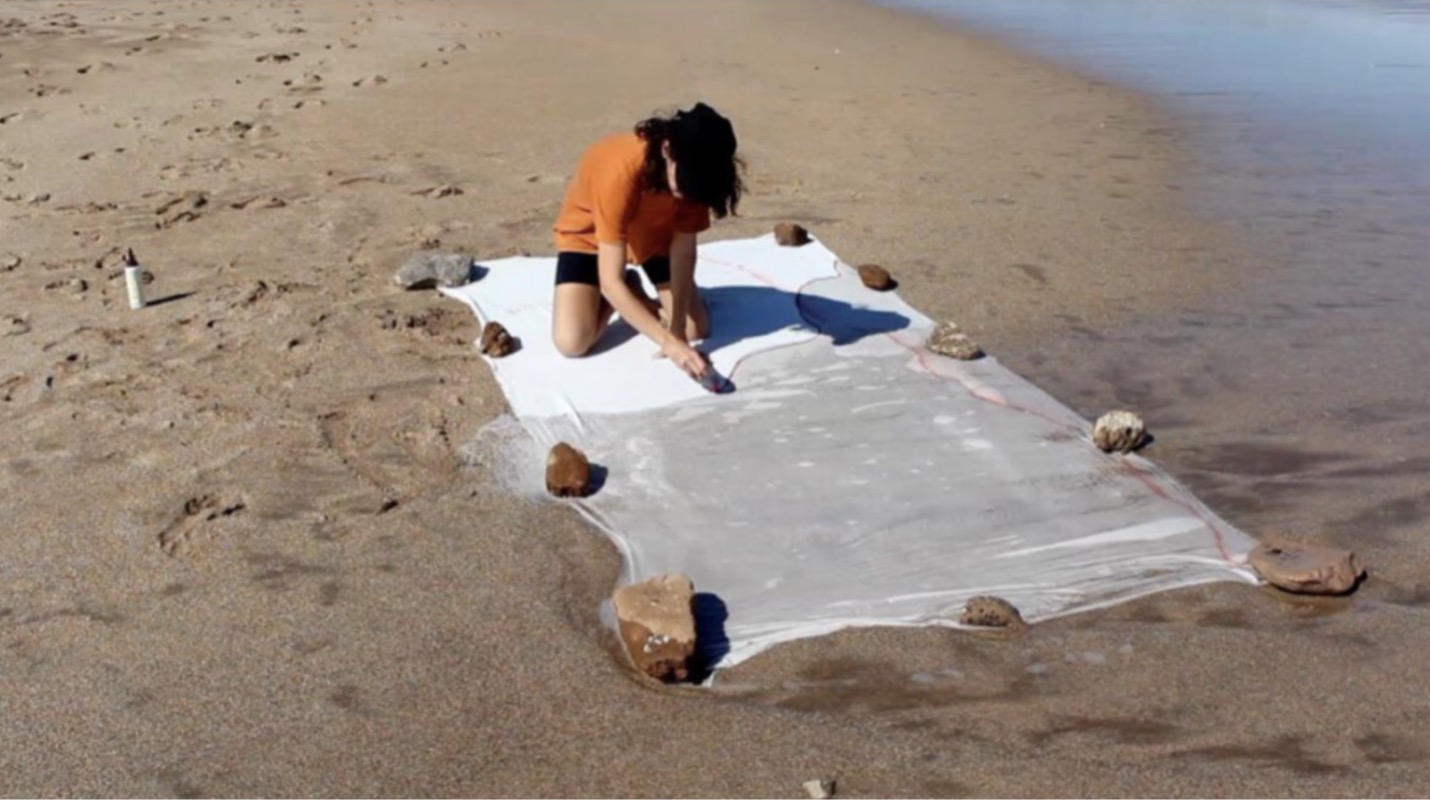Anyone who still has a floppy disk sitting around is probably well aware of the challenges posed by the rapid march of technology: as soon as certain media formats become obsolete, all of the data stored within is rendered virtually inaccessible. These changes affect the work of museums as well, when collecting, storing, and conserving art that incorporates digital components.
This type of art, known as time-based media, includes digital video, digital photography, computer animation, and even analog media. Ian Callahan, technology support specialist in the museums’ Digital Infrastructure and Emerging Technology (DIET) Division, thinks of a time-based media object as similar to a living thing, in that it has a very limited shelf life compared to art made with more traditional materials. Recently acquired examples include Ai Weiwei’s 258 Fake (2011), Jesse Aron Green’s Ärztliche Zimmergymnastik (2008), Nam June Paik’s Cello Memory (2002), John Gerrard’s Smoke Tree 1 (2006), and Jenny Holzer’s Untitled (C-4) (1990).
Professionals across the museum world are looking for creative solutions to ensure that works made with today’s “new” media will remain accessible both tomorrow and in the distant future. Here at Harvard, the staff has taken a proactive approach. Even before a work is acquired for the collections, a team of curators, conservators, collections management staff, and DIET staff—a.k.a. the New Media Group—meets to identify the information needed to display, maintain, and care for the object. Group members research a work’s digital components—the bits and data stored within—as well as the platform through which the data are carried, read, and exhibited (such as playback devices, monitors, and projectors). As Callahan put it, “We need to find out what is involved with the care and feeding of this work, from a technical point of view.”
Paik’s Cello Memory, for instance, is composed of a cello flanked by two LCD television monitors, which show Paik’s collaborator Charlotte Moorman playing the cello. Questions asked during the work’s acquisition in 2014 included: Are the displays activated manually or automatically? What platform is the data for the video component stored on and played from? Can that data be migrated to a new platform if and when necessary?
Curatorial and conservation staff must determine which parts of the work are deemed by the artist as essential to the work’s meaning and therefore cannot be changed. They also need to know which aspects of the work can be modified or displayed in other formats for future exhibition, loans, or educational purposes. (A work that was created as a film to be projected on a large wall, for example, might not be allowed to be shown on a smaller scale for a class visiting the Art Study Center.) Fortunately, the answers to these questions usually come from an ongoing dialogue with an artist or the artist’s studio or estate, as well as with technicians and other caretakers.
Once the museums acquire a time-based media work, object conservators, Callahan, and other DIET staff assess its condition and take a “cryptographic fingerprint” of its digital components. With the artist’s permission, staff will create exhibition copies of the digital components that arrive on physical media. In some cases, those copies actually become the versions displayed in the galleries, with the original media kept safely archived.
In addition to providing important backups in case of technical malfunction or other unforeseen problems, these methods preserve the original works as the artists presented them to the museums. They also enable the museums to fulfill their teaching role in the future; if a researcher is interested in the brand of SD card on which Ai Weiwei presented 258 Fake to the museums, for example, they can access that information, even if the cards become obsolete as storage devices.
Though the current processes for maintaining time-based media art are proving effective, DIET and conservation staff are constantly refining them. Last September, Callahan attended a workshop and symposium at the Guggenheim Museum in New York to learn more about caring for software-based art. Participants discussed recent examples—such as John Gerrard’s dynamic 2009 installation Sow Farm (near Libbey, Oklahoma), which was shown at Tate Britain—and learned about developing standard treatments for these works. Callahan said he gained knowledge about best practices for preserving software-based art, which will be valuable as the Harvard Art Museums acquire examples of these works.
Conservation and DIET staff are also thinking carefully about long-term preservation of time-based media art. As one aspect of their effort to preserve clones of optical media (such as DVDs), they have begun to use storage systems like M-DISCs (Millenial Discs, which have a 1,000-year lifespan), as well as cloud storage. Innovative platforms such as these would be a boon to future technology specialists, as well as conservators and curators who may want to access today’s time-based media art in dramatically transformed technological environments.
“We want to give viewers a chance to experience these works in the same way five, ten, twenty years down the road,” Callahan said. “Ultimately, we’d like them to exist indefinitely.”



